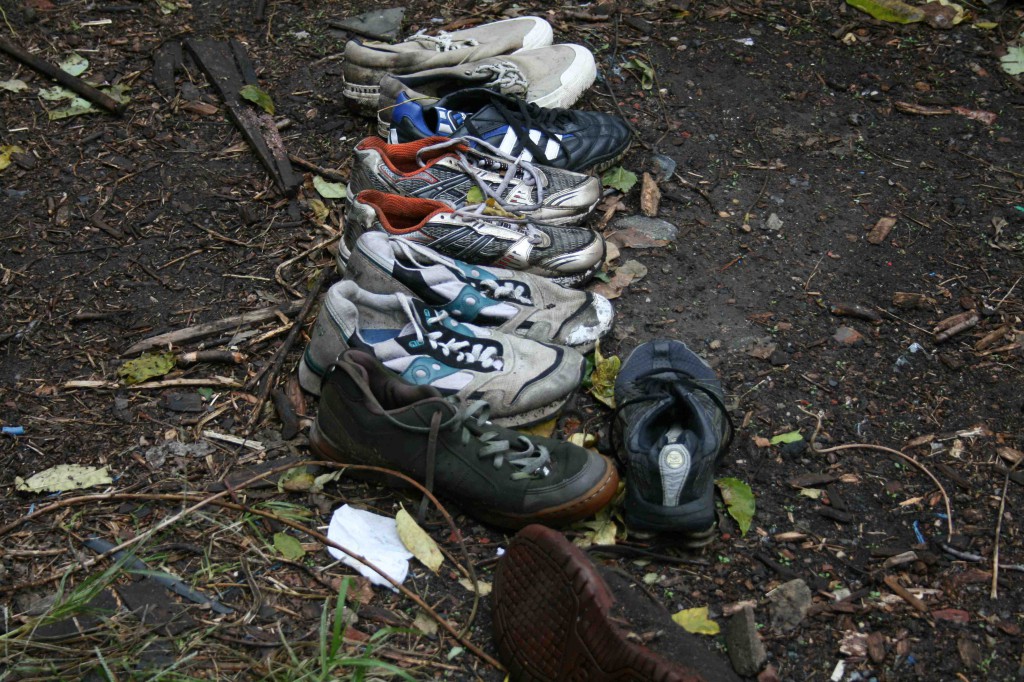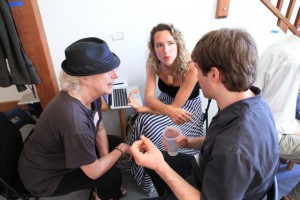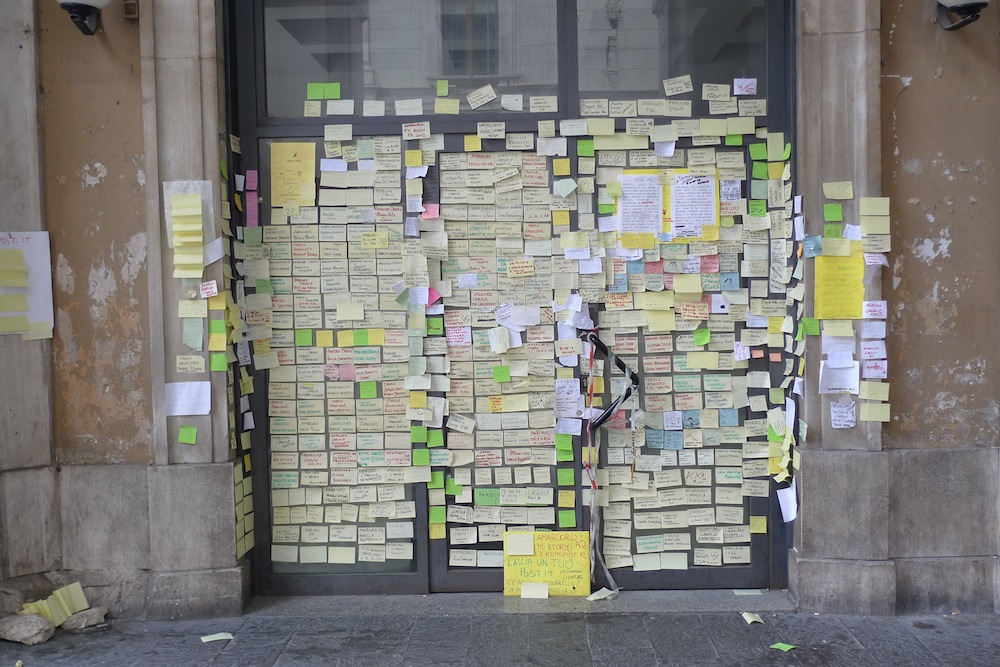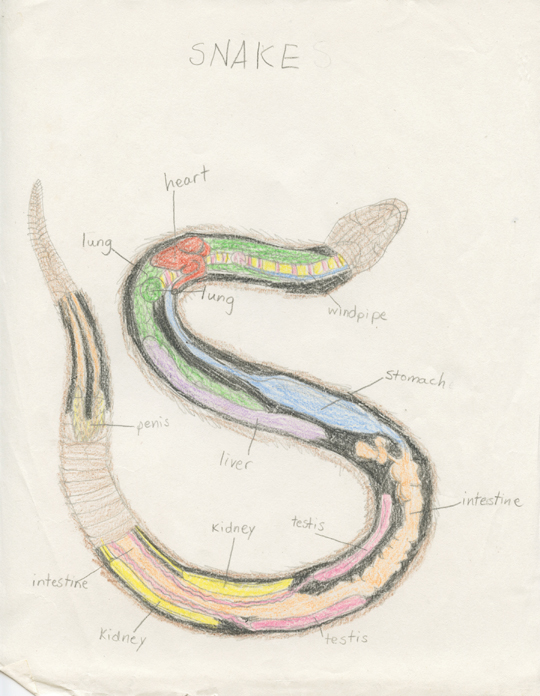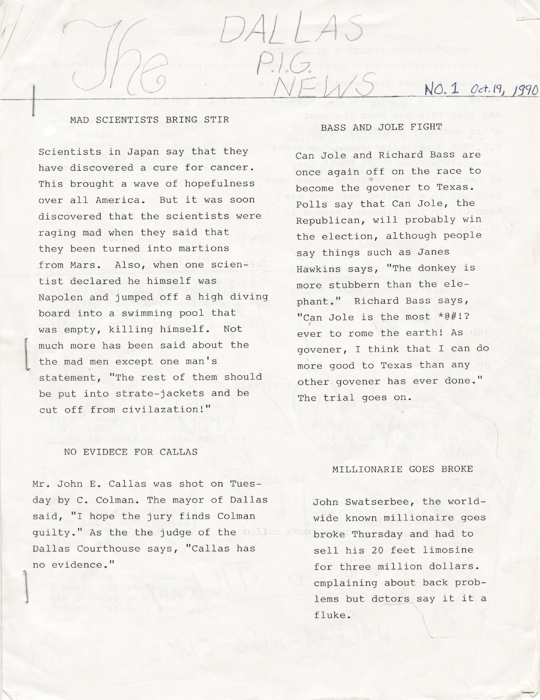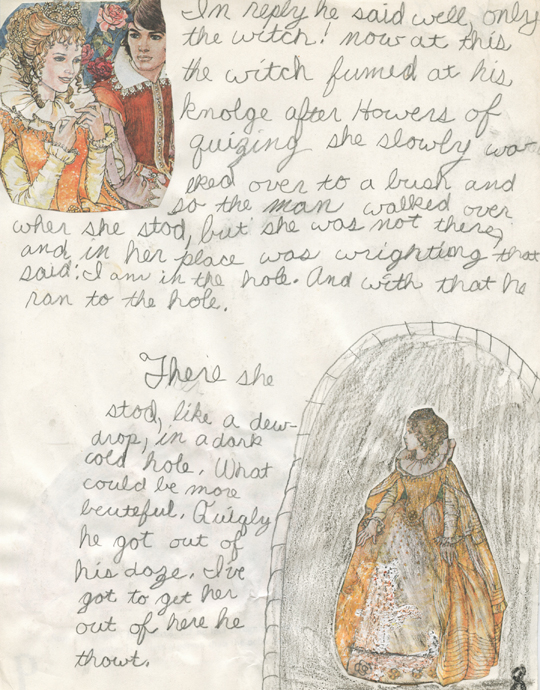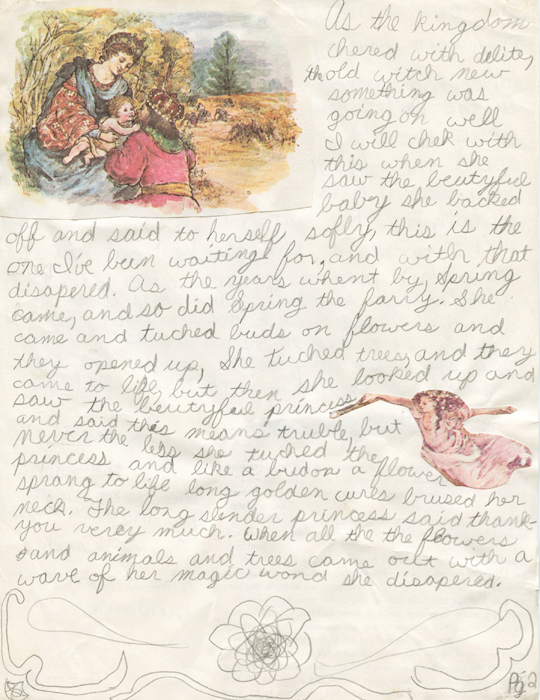The topic of failure seems to be drifting in Seattle’s creative ether. I first started noticing the recurrence of failure while staring—somewhat tipsily—at the season playbill for Annex Theater. There was a quote on the cover saying something to the effect that Annex Theater’s motto is, “Fail spectacularly, drink, and fail again.” Seattle artist Kira Burge has been hosting a book club for artists (it’s called “Artists Read Too”), and their first book—selected from MIT Press’s Contemporary Art Series—was Failure. Burge was interested in the failure inherent in the act of making, and wanted to bring that private struggle to the forefront of the conversation. Local poet Joe Milutis just published a new book entitled Failure, a Writer’s Life in which he intentionally mistranslates poems written in languages he doesn’t speak. Jenny Zwick, a Seattle-based sculptor/photographer/installation artist, altered a series of trophies to read You Are A Disappointment To Yourself and Others:
This seemed like a whole lot of local failure, and I was interested to know who else was working on the theme. I was curious about the connections between failures, how the individual islands of personal failure fit within the context of a larger landscape. And so I put out a blanket call for thoughts on failure. My plan was to read over other people’s failures and draw parallels, to take something of a core sample and extrapolate a topographic map of failure in Seattle.
Well. I failed to do that.
The thing I learned about failure is that it is fiercely personal: it does not lend itself to overarching characterization. The failures I received were, for the most part, clustered around the topics that one might expect, in the areas in which we are all the most vulnerable: failures in love, in careers, in lives carried to destinations not of our choosing. But the means of expression were wildly different, and I am admitting defeat and abandoning my initial plan of creating a cohesive survey of failure.
Instead, I want to unpack my failure to write this piece, to explore why this survey on failure failed.
Joana Stillwell, a video and installation artist that I met on last summer’s Long Walk, wrote about how her understanding of failure is intimately tied to her own unrealistic expectations, particularly around the idea of productivity. “If I was bored, tired, or inactive,” she explained, “it was my fault that I wasn’t enjoying myself. I always had to be engaged in an activity or I would be wasting my life. This idea put a crazy and exhausting amount of pressure on myself to be and have more. Consequently, I had really high points that would follow low points and instead of understanding that there was a balance, I decided that if I worked harder at it that I could just have high points. I don’t know if it was greed, stubbornness, or fear that was behind this attitude. I eventually outgrew this idea although I’m still exploring it in some of my work.”
Stillwell’s point—that we experience failure based upon our own internal rubric—is something that came up in almost every response I received, and this is the crux of why it is impossible to truly comment on someone else’s failure. We can recognize a blatant external failure when we see one: the engineer’s bridge collapses, the politician resigns amidst the sex scandal, the high-profile celebrity marriage comes to its abrupt end, devolving into a morass of custody battles and shocking allegations. But what we will never be able to see is the response below the surface, the way that each person funnels that failure through the black box of their own processing. That is the interesting part of failure, and it is not something that one can convey in a briefly written response to a vague prompt: this is simply a failure of medium.
So how do we have a meaningful conversation about failure? As part of The Project Room’s programming for Failure, we’ve been hosting Successful People Talking About Failure, a series of presentations that is precisely what it sounds like. Each speaker has had a distinct and idiosyncratic take on the topic, but in each talk there has been a fascinating difference in perception between presenter and audience.
Genre-spanning sound artist and McArthur Genius award winner Trimpin—who moves his hands more than any human being I have ever seen—got through the majority of his presentation before mentioning in an offhand manner that the whole reason he began building bizarrely experimental instruments was because he had been forced to stop playing traditional ones. Trained on the horn as a classical musician, he developed an allergy to the metals in his instruments, and he literally could not touch the tools of his trade. For a while, he made paintings of the instruments he could no longer bring to his lips, and eventually he began crafting his own. The interesting thing? It had not occurred to him to see this as a failure.
Trimpin seemed almost surprised by the audience’s interest in this aspect of his presentation, and if we hadn’t pressed for further information, the whole story of his allergy and subsequent need to abandon everything for which he had been trained would have been nothing more than a brief anecdote. To Trimpin, this was just a part of his story: he had so fully integrated this failure that it had ceased to be one.
This malleability, this openness to dialogue and reinterpretation, is precisely what is needed to really talk about failure. Failure needs to be a conversation, an open ended question to be placed in context. Because taken as discrete snippets, failures feel strangely irrelevant and incomplete—drifting islands of misplaced intimacy with no larger story to anchor them.
And that is what I learned in failing to write this survey of failure: it is through taking the time and attention to closely explore one individual failure that we gain a sense of the structures and universalities of collective failure. The process does not work in reverse: taking a brief look at a large cross section of failures only serves to remove the impact and importance of the theme. It was the wrong approach.
So. Lesson learned: this essay wasn’t a failure, it just didn’t turn out to be what I thought it was.
And isn’t that how failure always functions? In his response to my call for failure, Marion Dawahare—who I met in passing at a friend’s brunch but stayed in touch with via facebook— talked about how he didn’t view the disintegration of his marriage as a failure because, while the life of his relationship died, that vibrancy was “passed on to our daughter. She is 6. She is every bit as bright and brilliant as the life of my relationship with my soon-to-be ex.” Things do not work out in the ways that we had planned, and we have the freedom to choose our own perceptions and responses: we decide whether or not we have failed.
In a sense, reading people’s failures was an oddly uplifting process. Most respondents seemed to have a healthy relationship with failure, an understanding of it as an inevitability to be acknowledged but not dwelt upon. Paul Nelson, a Seattle poet and director of SPLAB (spokenword Performance, Resource and Outreach center), summed it up nicely: “Fail seven thousand seventy times, write poem number seven thousand seventy-one. You will still have failed, but with a certifiably human sweetness that makes you forget for a while that you have. This is the best we can get.”
Thanks to Greg Bem, Matt Spencer, DK Pan, Joe Roberston, Suzanne Tidwell, Courtney Hudak, Carrie Dresser and Chance Reschke for sending over your thoughts on failure: sorry I failed to include all of you.








